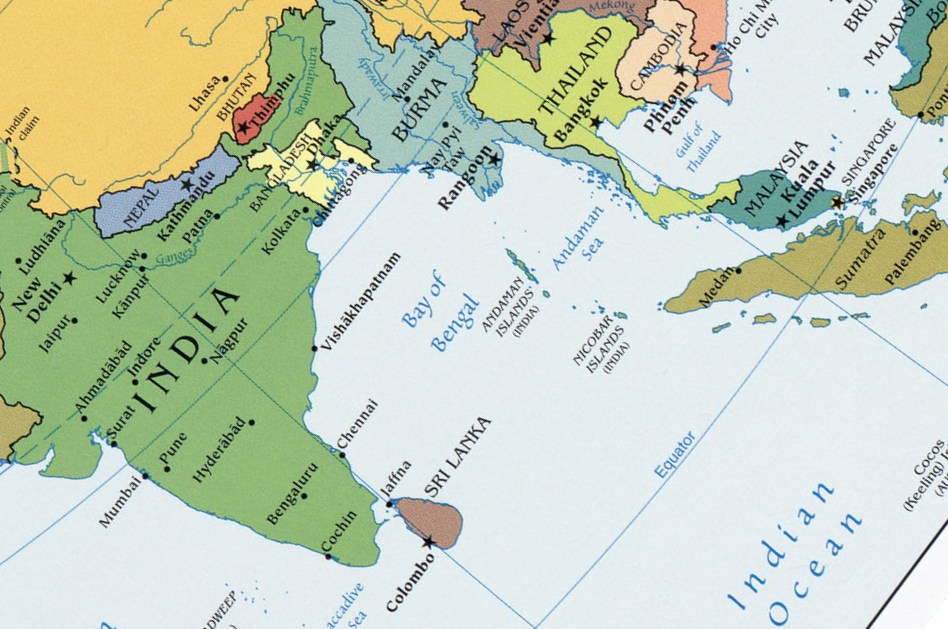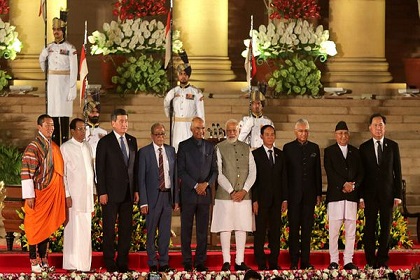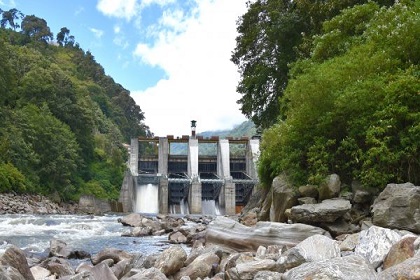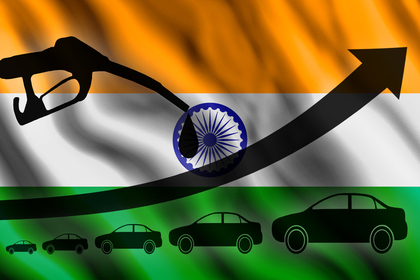Food, Energy & Finance Connectivity in the Bay of Bengal
Despite its natural advantages, the Bay of Bengal region lags economically, in part due to insufficient connectivity between the member nations. Improving financial connectivity between them is the first step to easing movement of goods, services and people. Greater financial collaboration also can help the region mitigate the impact of ongoing geopolitical upheavals that have caused food and energy prices to rise.









